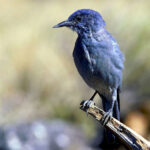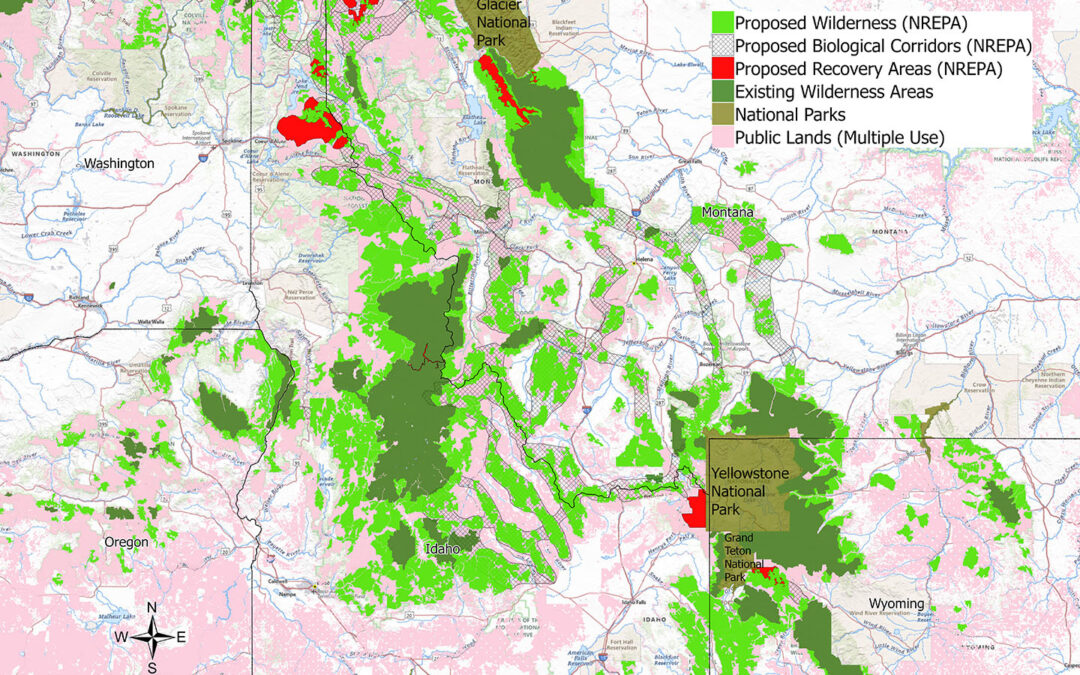Brooke Rollins, Trump’s Secretary of Agriculture, recently announced the administration’s plan to repeal the 2001 Roadless Rule and open an estimated 58 million acres of public Forest Service land to road-building, resource extraction, and development.
The Roadless Rule resulted from extensive inventories of the nation’s remaining roadless public lands beginning in 1967 after the historic enactment of the Wilderness Act of 1964. The first Roadless Area Review and Evaluation was issued in 1972, which the courts found deficient, resulting in the 1977 RARE II inventory — but no action was taken to protect those roadless lands.
Finally, after extensive effort including an Environmental Impact Statement and the opportunity for nationwide public review and comment, the 2001 Roadless Rule was issued in the closing days of the Clinton administration.

Photo: USDA
Americans overwhelmingly approved the Roadless Rule with more than a million comments in support because they value the solitude, secure wildlife habitat, and pristine watersheds that unlogged and unroaded forests provide. Despite its loopholes, the Roadless Rule delivered a more secure level of protection for the nation’s remaining — and dwindling — roadless areas since it restrained road-building by the Forest Service, which already has more miles of roads than the Interstate Highway System.
Now, however, because administrative rules are much easier to change than laws, the Trump administration intends to repeal the Roadless Rule without environmental analysis or the opportunity for public review and comment.
If Americans want to give our last wild and unroaded lands lasting protection in law, we have to do it through Congress with bills like the Northern Rockies Ecosystem Protection Act, which is now pending as S. 1198 in the Senate and H.R. 2420 in the House.
The Northern Rockies Ecosystem Protection Act would designate all of the Inventoried Roadless Areas in the Northern Rockies as full Wilderness, protecting approximately 23 million acres of vital ecosystems and watersheds in Montana, Idaho, Wyoming, Eastern Washington, and Oregon.

Photo: USDA
Wilderness designation provides the highest level of protection available for the last of America’s wilderness-quality lands. For instance, the Act designates 1,800 miles of rivers and streams as Wild and Scenic Rivers. Water is the lifeblood of the West, and protecting the forests that accumulate snow and provide shade to slow melting keeps water available for downstream uses until later in the season when it is most needed, providing significant social and economic benefits.
By protecting the remaining habitat for native species in the Northern Rockies the Act will help recover threatened and endangered species including bull trout, lynx, wolverines, and grizzly bears as well as pinyon jays, fisher and many other species currently facing extinction due habitat destruction and the lack of secure connecting corridors to prevent inbreeding in isolated populations. Passing the Act would give us one of the best opportunities to halt or stop what has been termed the Earth’s “sixth great extinction event” in the Northern Rockies, which are still home to most of the native species that were here when the Lewis and Clark Expedition passed through 200 years ago.






Photos: USFWS
Facing the increasing wildfires caused by our overheated climate, the Act provides significant benefits. It’s a proven fact that untouched wilderness lands tend to have far fewer and much smaller wildfires than lands which have been logged and roaded. Why? Because unlogged forests keep the land moist, shaded from the sun, and protected from the wind, which is the main driver of large, uncontrollable wildfires.
Our national forests are also one of the most effective tools to combat climate change because they capture carbon from the atmosphere. National Forests absorb an astounding 12 percent of our nation’s carbon emissions, with unlogged and old-growth forests absorbing the most. And they do it for free, saving the federal government millions of taxpayer dollars annually by reducing wasteful subsidies to the logging industry.

Photo: USFWS
The Northern Rockies Ecosystem Protection Act protects the environment, fights climate change, and saves taxpayers millions of dollars in logging subsidies simply by designating existing roadless areas as Wilderness.
Please ask your congressional delegation to support S. 1198 and H.R. 2420, the Northern Rockies Ecosystem Protection Act, that promises to give future generations a chance to enjoy the diverse wildlife, clean rivers, and majestic forested landscapes that were handed down to all Americans by generations past. Please help us protect one of the best remaining intact ecosystems in the lower 48 states before it is too late.
Mike Garrity is the executive director of the Alliance for the Wild Rockies.
